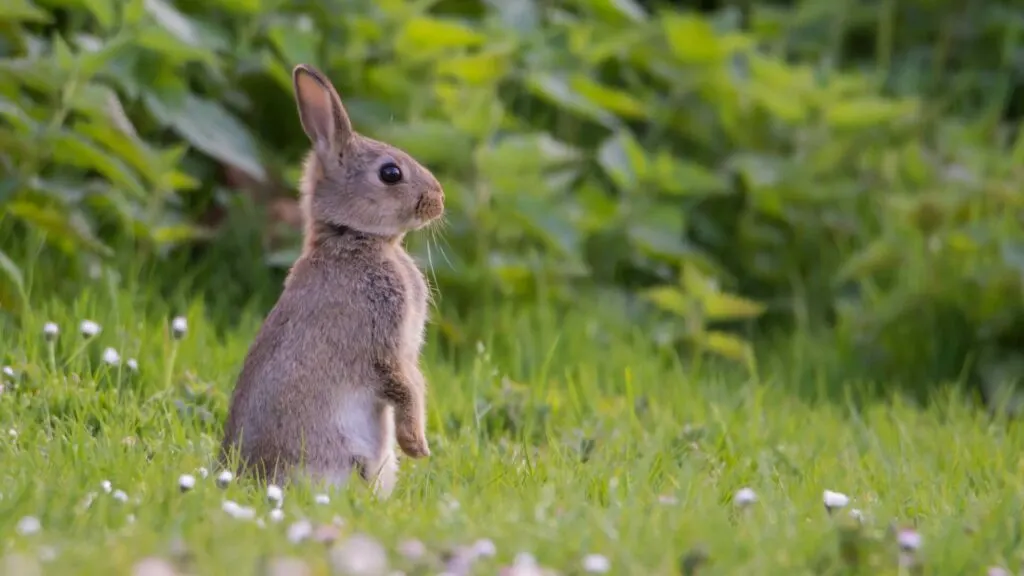Introduction:
The virus that causes shope papilloma is a very common viral infection that results in benign skin tumors in rabbits. Besides being a local tumor, they can also be an obstacle near the nail, inside the nasal cavity, or the ear canals. Unlike many other pathogens, which are highly lethal and result in significant mortality in rabbits, RWV is not considered to have a high case fatality rate. In addition, it has the greatest impact on rabbits that are being used for commercial or breeding purposes. In this piece of writing, we will look into the advanced approaches to managing and suppressing Shope viral papillomavirus in populations of rabbits, with a primary focus on areas of vaccine development, disease surveillance, treatment alternatives, genetic viability, knowledge, and collaboration efforts.

Development of More Effective Vaccines
Besides the doctors, safe rabbit vaccination can be the most potential method for coping with SPPV in rabbits. Although the present vaccine is proven to have some degree of effectiveness against the virus, more still has to be improved. Investigations into engineering different vaccines and means to administer them more efficiently have led scientists to the conclusion that these strategies could enhance the patient’s immune response and increase the durability of the immune system. With R&D funds allocated, we can work up a strategy that might mitigate the possible persistence of the Shope Papilloma Virus in bunny populations to a certain degree.
The implementation of targeted surveillance programs
The important fact is the early detection of Shope Papilloma virus spreading, which is the key to timely policy regulation and prevention measures. Using selective surveillance programs can lead to such people being identified and isolated as far as possible to prevent the virus from spreading to other rabbits. Veterinarians and researchers introduce surveillance measures for potentially high-risk areas, production facilities, and breeding colonies to react quickly to emergencies and take necessary control steps.
Research into Novel Treatment Options:
When it comes to the lack of a particular treatment for the Shope Papilloma Virus in rabbits, researchers are developing, among other novel treatment possibilities, new antiviral therapies. By comprehending the virus replication and the interactions between the host and the immune system, scientists hope to create therapeutic agents that will have a lot of effects on this tumor regression and fewer problems for the rabbits infected. This research area is still particularly optimistic about breakthroughs connected with Shope Papilloma Virus treatment.
Investigation into Genetic Factors:
The genetic factors that influence the rabbits to Shope Papilloma Virus susceptibility or resistance are a very important element. So far, the predisposition of rabbits to the virus has been considered. Scientists are on the lookout for genetic variations that could suggest a predisposition to develop the infection and the extent of symptoms among potential carriers. By realizing the genetic predispositions to the disease, breeders and veterinarians can apply selective breeding programs for the selection of disease-resistant individuals and, as a result, can decrease the population-wide pre By knowing which genes make rabbits more likely to get the disease, breeders and vets can use selective breeding to pick out rabbits that are resistant to it. This will lower the number of rabbits that have the virus across the whole population. the valence of the virus among rabbits.
Education and Outreach Programs:
Ensuring the elevation of knowledge and providing necessary biosecurity practices are cornerstones in managing and controlling Shope papilloma virus in the rabbit population
Use our AI to write for you by simply entering an AI-written education and outreach program that should be carried out in such a way that rabbit owners and breeders can learn about the risk the virus poses and how it spreads. Through our dissemination of vaccination, protection, and a hygienic way of living, you will be able to make your rabbits safe and put a stop to spreading the virus over the mills.
Collaboration and Coordination Efforts:
Doctors, researchers, agriculture departments, and rabbit owners must interact and collaborate in order to successfully treat the Shope Papilloma Virus. In this case, initiative and cooperation can help us share information and resources, as well as the most efficient management options. The connection between the efforts can also be implemented in the sense of information sharing and the introduction of coordinated responses to the Shope Papilloma Virus outbreaks in the populations of rabbits; as a result, the general control of the virus can be improved.
Conclusion:
To sum up, it is clear that the Shope papillomavirus in rabbit populations can be managed and controlled by doing more research into how to make the vaccine work better, setting up monitoring programs, coming up with new treatments, getting people involved in genetic research, educating the public, and getting everyone to work together. Funding these particular areas while simultaneously working on the same goal lets us decrease the case intake, secure the lives of rabbits, and provide a quality life for these cute fuzzy creatures. The research arena needs to be looked into, and funding it with a special emphasis on health conscious rabbits is crucial to studying any challenges presented by the Shope papillomavirus and other infectious diseases.

Jessi is the creative mind behind The Coffee Mom, a popular blog that combines parenting advice, travel tips, and a love for all things Disney. As a trusted Disney influencer and passionate storyteller, Jessi’s authentic insights and relatable content resonate with readers worldwide.
